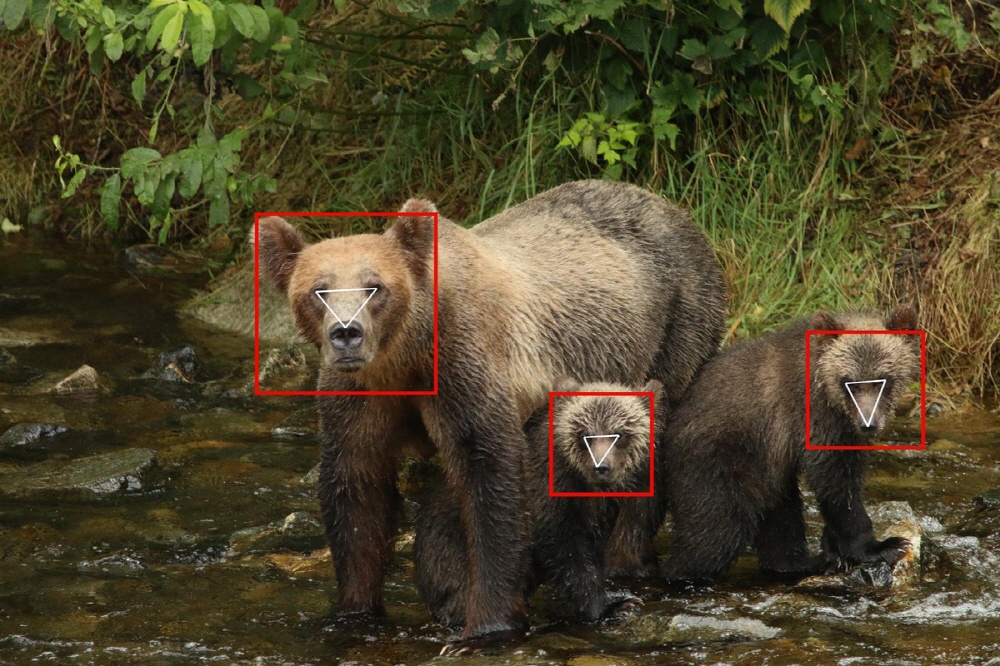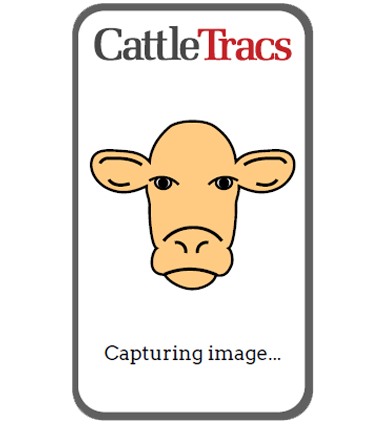
In recent years, it is possible to improve the accuracy of AI that can recognize and identify human faces, unlocking smartphones, etc., and surveillance by law enforcement agencies are being used everywhere. It seems that face recognition by AI is not a proprietary patent for humans, and there have been reports that an AI that recognizes wild bear and bull faces has appeared.
Many people can identify bear faces and cannot identify a specific bear among several bears. However, a researcher at the University of Victoria, Canada, who conducts bear research as a doctoral researcher at the University of Victoria, noted that he identifies by individual characteristics, for example, that bears have ear or nose wounds. There are various individual differences between bears. According to the researcher, many people look at the bear’s overall appearance and try to identify it, but bears change dramatically throughout the year, such as getting fat before hibernation or drying out after hibernation, making it difficult to discern even with interest in the whole body.
It is pointed out that identifying individual bears is important because it can help with species research and protection. If bears can be identified individually, it is easy to cope with specific bears that cause problems, such as descending to villages and rummaging in trash cans and raiding individuals and farm animals. Seeing that the facial recognition AI used to identify humans can be applied to bears, he participated in the platform of protection activists and technology community (Wildlabs.net) in 2017. Through this, they started developing AI for bear face recognition in cooperation with those who are based in Silicon Valley.
When developing bear face recognition AI, the research team improved the existing AI software (Dog Hipsterizer) that can identify human faces, add mustaches and hats, and developed an AI that can recognize bear faces. We aimed to develop an AI that can identify each individual by mass-learning a picture of a bear’s face on this AI.
For machine learning, 4,674 pictures of grizzly bears living in British Columbia, Canada were collected, 80% of which were used to train the face recognition system and the remaining 20% were used to measure system accuracy.
The bear face recognition AI, called BearID , developed by the research team in this way, is said to be able to identify grizzly bears that have already been learned by AI with 84% accuracy. The Grizzly Bear project using Bear ID is said to be traced to 132 individuals. The research team has revealed that it is cheaper than the method of embedding an RFID tag in the ear of an individual, and that long-term tracking is possible non-invasively.

Attempts to identify and track individuals using facial recognition AI are spreading movements to apply not only to wild animals, but also to livestock raised on ranches. A Kansas ranch developed a cattle tracking application ( CattleTracs ) in collaboration with a research team at Kansas State University.
With Cattle Trace, you can take a picture of a bull, put in GPS coordinates and time, and store it in an online database. The individual photographs stored in the database can be compared with previous photographs to find out what producer the photographed cow was born under and how it came to the current location.
Cattle traces learned using more than 135,000 young beef cattle images can be identified with 94% accuracy even in first sight and are said to be more accurate and better than tracking using RFID, which does not work properly when cattle are close together.
The researchers say that using Cattle Trace, individual contacts can be easily tracked in the investigation of spreading infections among livestock. Cattletrace explains that it can track sick animals to find the cause and follow containment contacts.
There is also the possibility to develop an AI that identifies entities not only in bears and bulls, but in all creatures that can obtain many pictures. Animal face recognition technology doesn’t have personal problems similar to humans, but entity identification AI and learning data could be exploited by malicious individuals. For example, because poachers can use facial recognition AI learning data to help them track, capture, and hunt animals, measures are needed, such as ensuring that only certain individuals have access to the data. Related information can be found here .


















Add comment